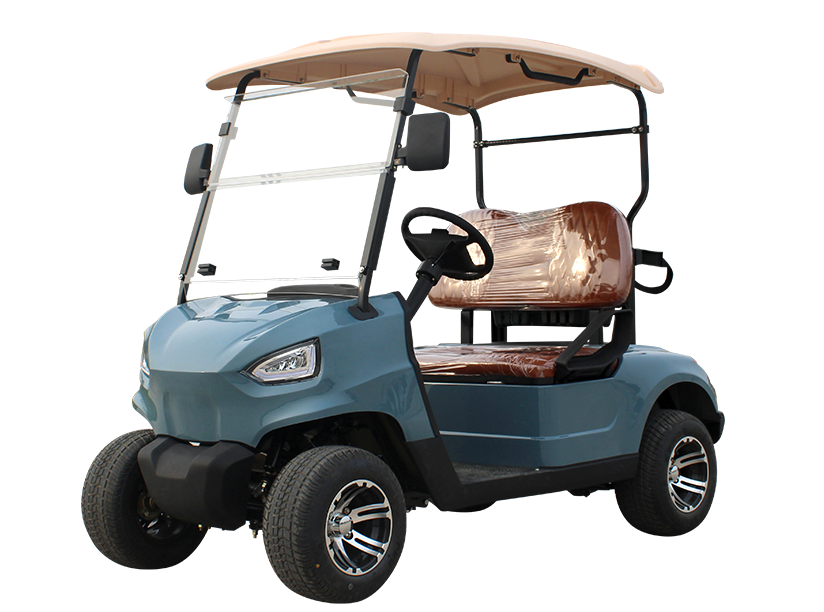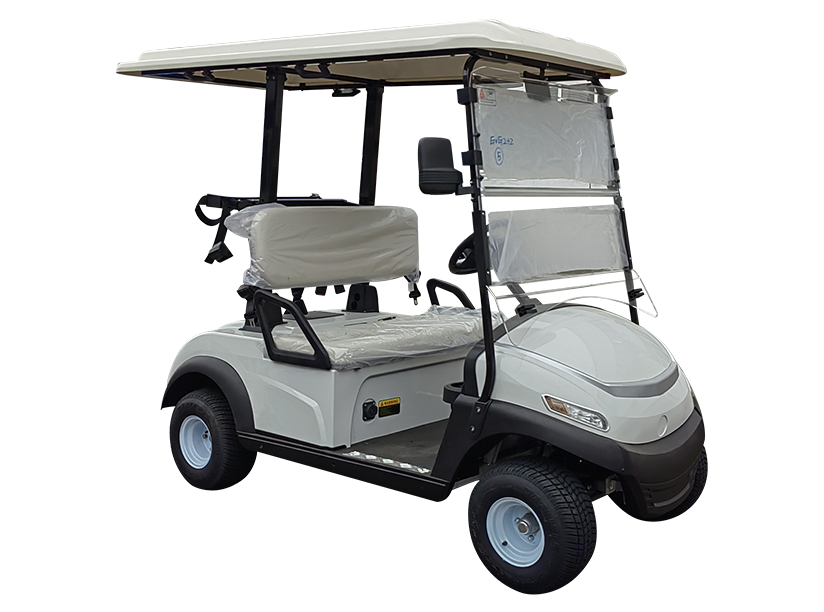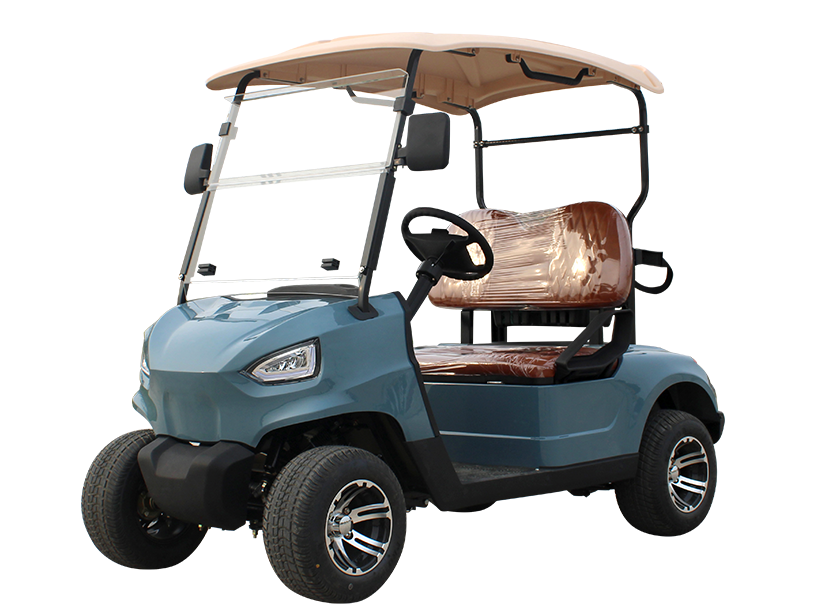As the cars on American roads get bigger and heavier every year, electricity alone may not be enough. To rid our cities of big trucks and SUVs by promoting affordable and efficient electric vehicles, New York-based startup Wink Motors believes it has the answer.
They are designed under federal National Highway Traffic Safety Administration (NHTSA) regulations and are therefore legal under low speed vehicle (LSV) regulations.
Basically, LSVs are small electric vehicles that comply with a specific set of simplified safety regulations and operate at a top speed of 25 miles per hour (40 km/h). They are legal on U.S. roads with speed limits up to 35 miles per hour (56 km/h).
We designed these cars as the perfect small city cars. They are small enough to easily park in tight spaces like e-bikes or motorcycles, but have fully enclosed seats for four adults and can be driven in rain, snow or other inclement weather like a full-size car. And because they’re electric, you’ll never have to pay for gas or create harmful emissions. You can even charge them from the sun with rooftop solar panels.
In fact, over the past year and a half, I’ve had the pleasure of watching Wink Motors grow in stealth mode by providing technical advice on car design.
The lower speeds also make them safer and more efficient, ideal for driving in congested urban areas where speeds rarely exceed the LSV limit. In Manhattan, you will never even reach 25 miles per hour!
Wink offers four vehicle models, two of which feature rooftop solar panels that can increase range by 10-15 miles (16-25 kilometers) per day when parked outside.
All vehicles are equipped with four seats, air conditioning and heater, rearview camera, parking sensors, three-point seat belts, dual-circuit hydraulic disc brakes, 7 kW peak power engine, safer LiFePO4 battery chemistry, power windows and door locks, key fobs. remote locking, wipers and many other features that we usually associate with our cars.
But they are not really “cars”, at least not in the legal sense. These are cars, but LSV is a separate classification from regular cars.
Most states still require driver’s licenses and insurance, but they often relax inspection requirements and may even qualify for state tax credits.
LSVs are not yet very common, but some companies are already producing interesting models. We’ve seen them built for business applications like package delivery, as well as business and private use like Polaris GEM, which was recently spun off into a separate company. Unlike the GEM, which is an open-air golf cart-like vehicle, Wink’s car is enclosed like a traditional car. And they happen to come for less than half the price.
Wink expects to begin deliveries of its first vehicles before the end of the year. Starting prices for the current launch period start at $8,995 for a 40-mile (64 km) Sprout model and go up to $11,995 for a 60-mile (96 km) Mark 2 Solar model. This sounds reasonable considering a new golf cart can cost between $9,000 and $10,000. I don’t know of any golf cars with air conditioning or power windows.
Of the four new Wink NEVs, the Sprout series is the entry-level model. Both the Sprout and Sprout Solar are two-door models and are identical in many respects, except for the Sprout Solar model’s larger battery and solar panels.
Moving on to the Mark 1, you get a different body style, again with two doors, but with a hatchback and a folding rear seat that turns a four-seater into a two-seater with extra cargo space.
The Mark 2 Solar has the same body as the Mark 1 but has four doors and an additional solar panel. The Mark 2 Solar has a built-in charger, but the Sprout models come with external chargers like e-bikes.
Compared to full-size cars, these new energy vehicles lack the higher speed required for long-distance travel. Nobody jumps onto the highway in the blink of an eye. But as a second vehicle for staying in the city or traveling around the suburbs, they may well be suitable. Given that a new electric car can easily cost between $30,000 and $40,000, an inexpensive electric car like this one can offer many of the same benefits without the extra cost.
The solar version is said to add between a quarter and a third of the battery per day, depending on the available sunlight.
For city dwellers who live in apartments and park on the street, cars may never plug in if they average about 10-15 miles (16-25 kilometers) a day. Given that my city is about 10 km wide, I see this as a real opportunity.
Unlike many modern electric vehicles that weigh between 3500 and 8000 pounds (1500 to 3600 kg), Wink cars weigh between 760 and 1150 pounds (340 to 520 kg), depending on the model. As a result, passenger cars are more efficient, easier to drive and easier to park.
LSVs may represent only a tiny part of the larger electric vehicle market, but their numbers are growing everywhere, from cities to beach towns and even in retirement communities.
I recently bought an LSV pickup, although mine is illegal since I import it privately from China. The electric mini truck originally sold in China cost $2,000 but ended up costing me almost $8,000 with upgrades such as bigger batteries, air conditioning, and hydraulic blades, shipping (door to door shipping itself cost over $3,000) and tariffs/customs fees.
Dweck explained that while Wink vehicles are also made in China, Wink had to build an NHTSA-registered factory and work with the US Department of Transportation throughout the process to ensure full compliance. They also use multi-stage redundancy checks to ensure manufacturing quality that even exceeds federal safety requirements for LSVs.
Personally, I prefer two-wheelers and you can usually meet me on an e-bike or electric scooter.
They may not have the charm of some European products like Microlino. But that’s not to say they aren’t cute!
Micah Toll is a personal electric vehicle enthusiast, battery lover, and author of the #1 Amazon selling books DIY Lithium Batteries, DIY Solar Energy, The Complete DIY Electric Bicycle Guide, and The Electric Bicycle Manifesto.
The e-bikes that make up Mika’s current daily riders are the $999 Lectric XP 2.0, $1,095 Ride1Up Roadster V2, $1,199 Rad Power Bikes RadMission, and $3,299 Priority Current. But these days it’s a constantly changing list.
Post time: Feb-24-2023

 Hunting Transport
Hunting Transport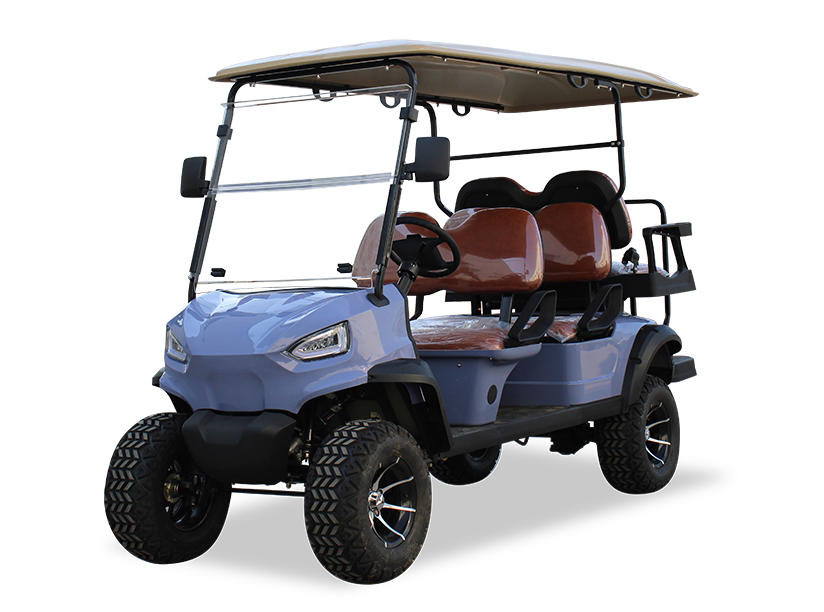


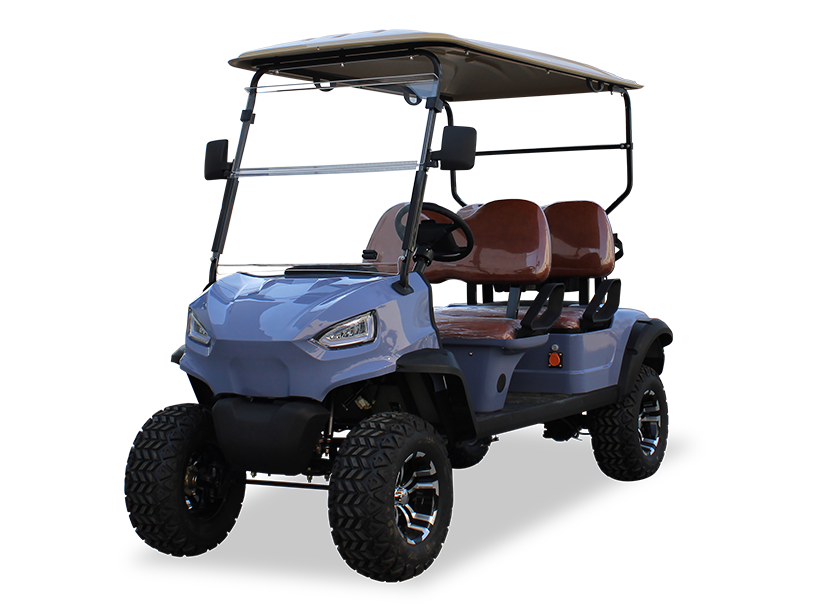
 Personal Transport
Personal Transport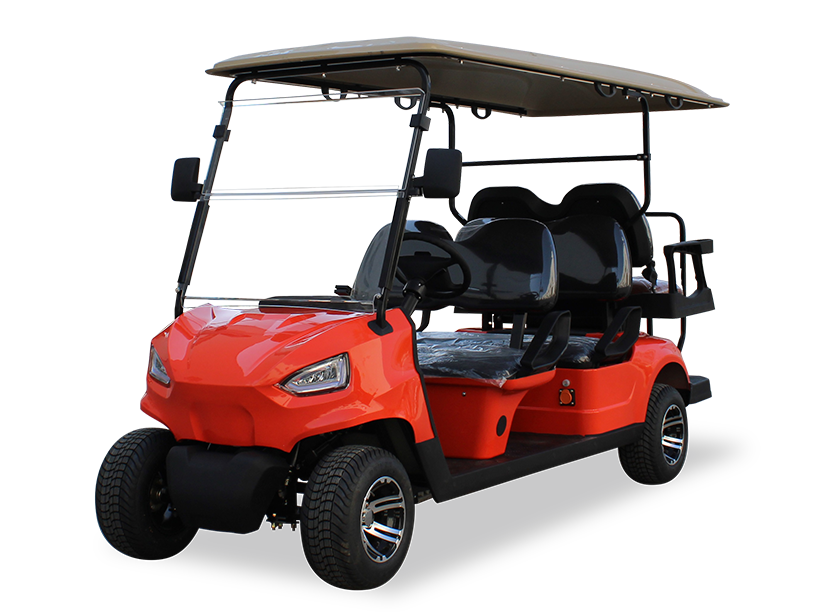
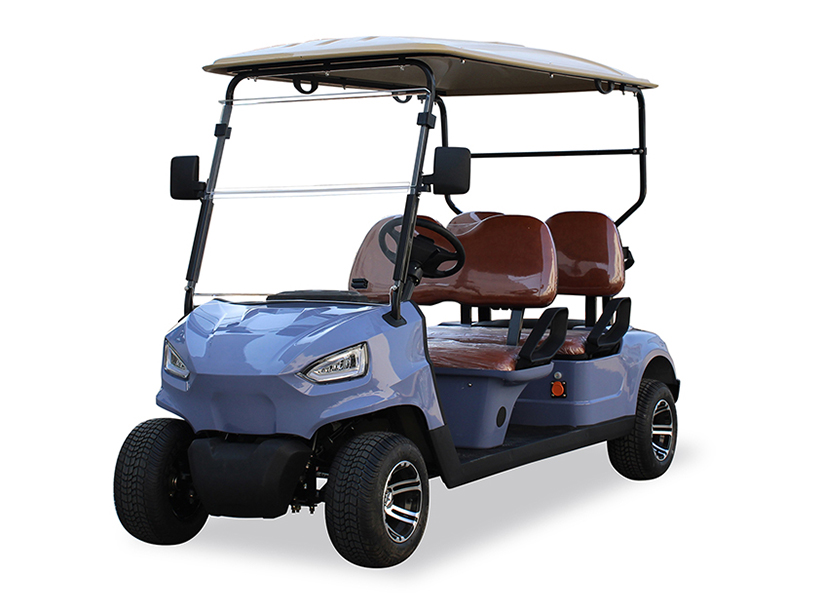
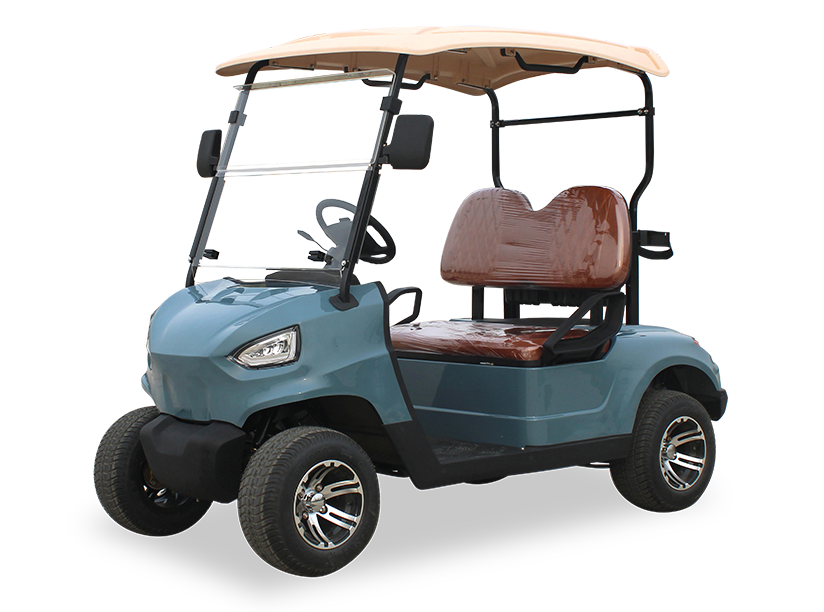
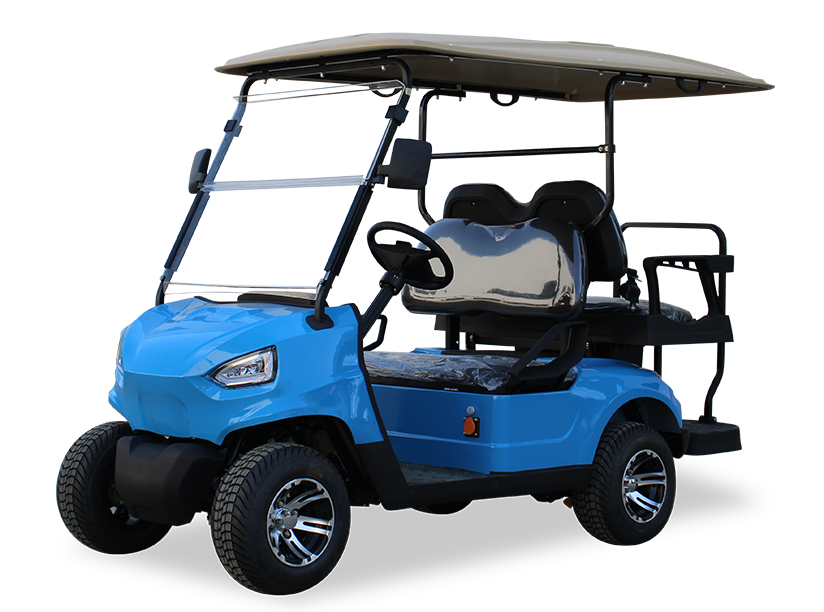
 Special Editions
Special Editions


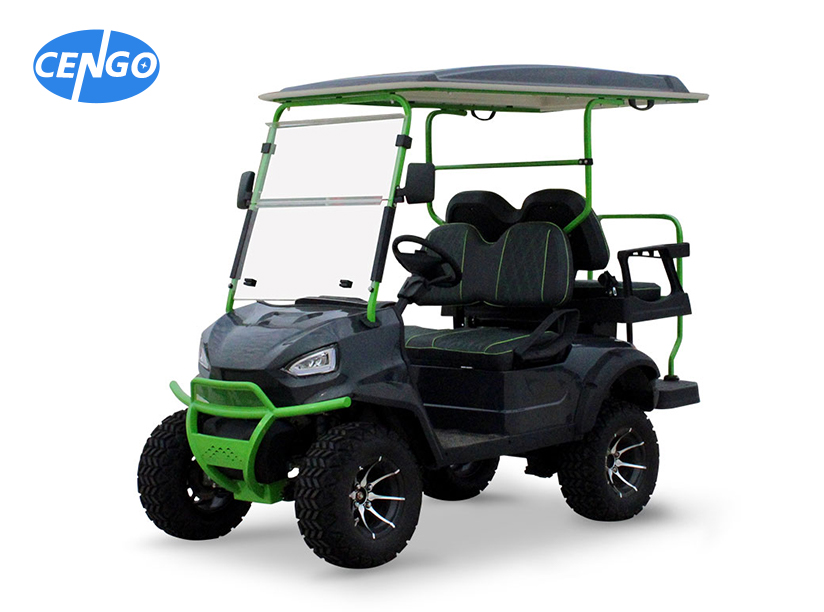


 Street Legal
Street Legal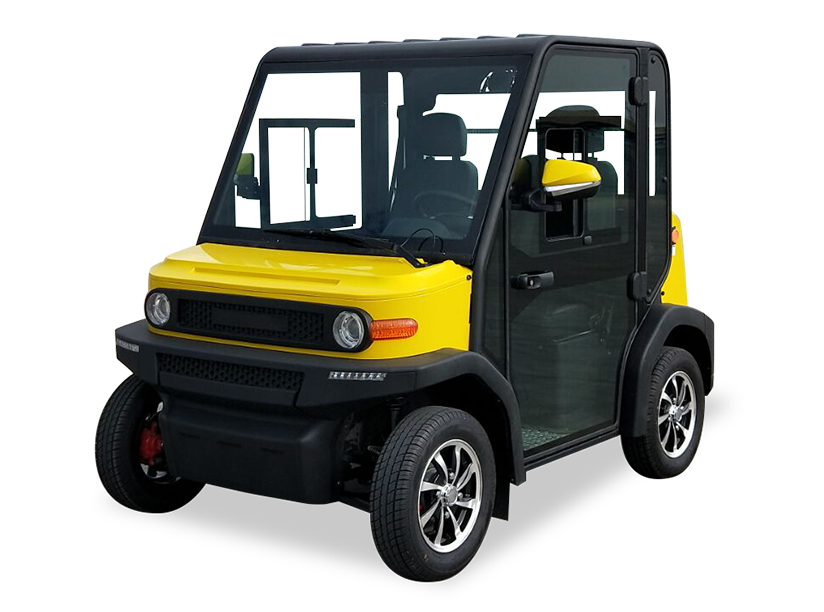

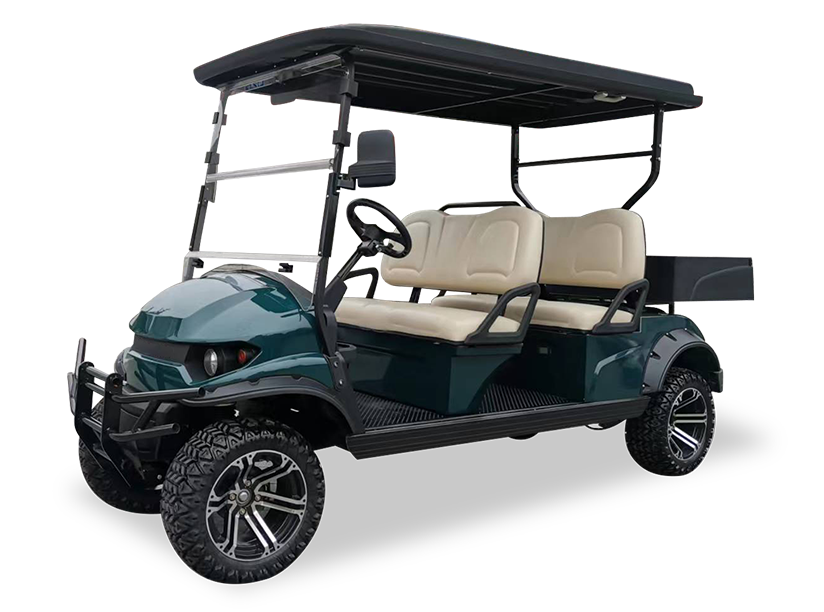

 Transport A Series
Transport A Series
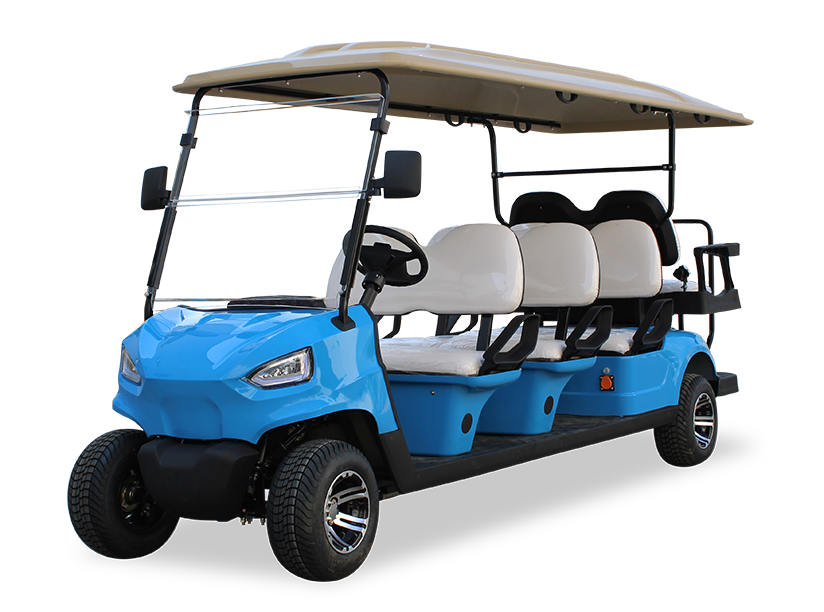
 Transport B Series
Transport B Series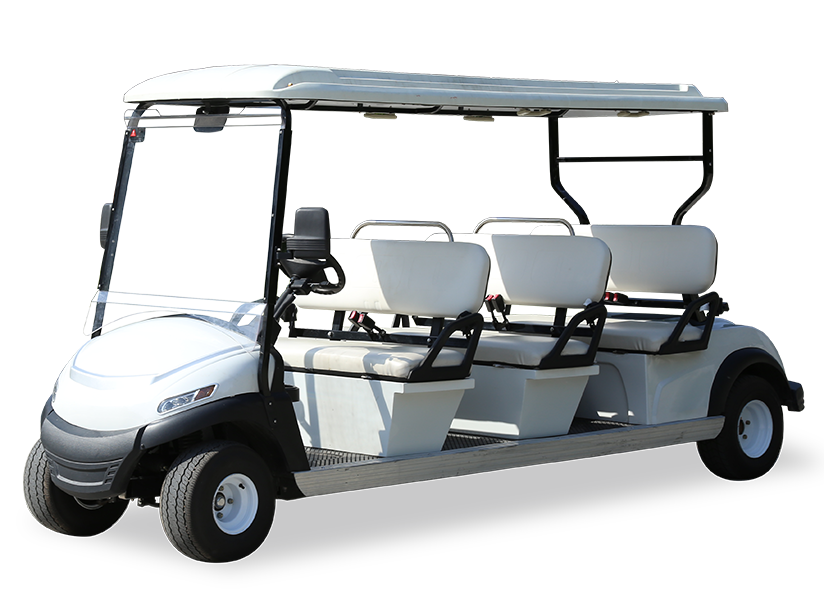

 Sightseeing Bus
Sightseeing Bus

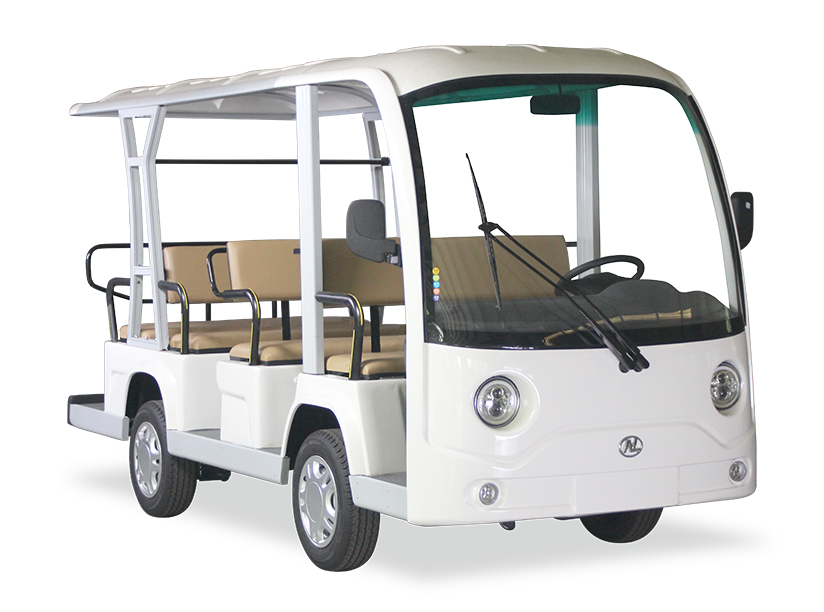
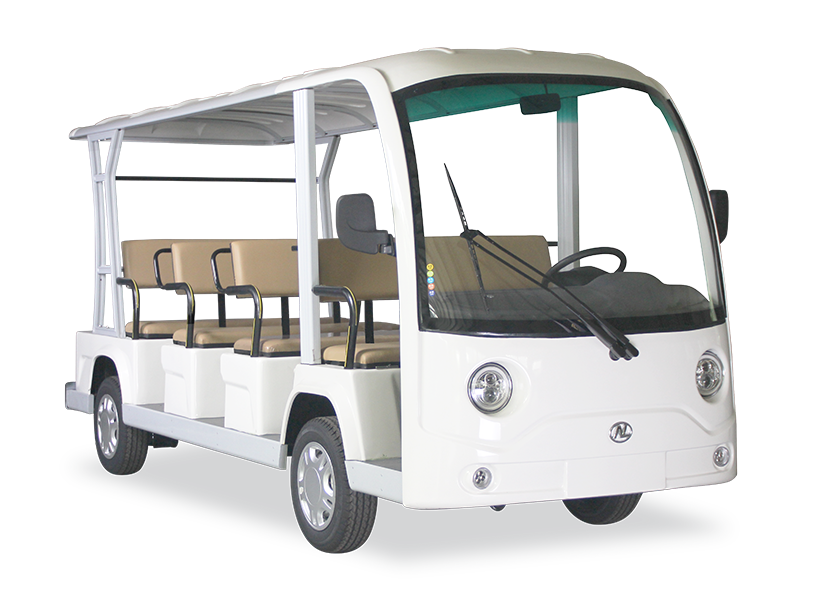

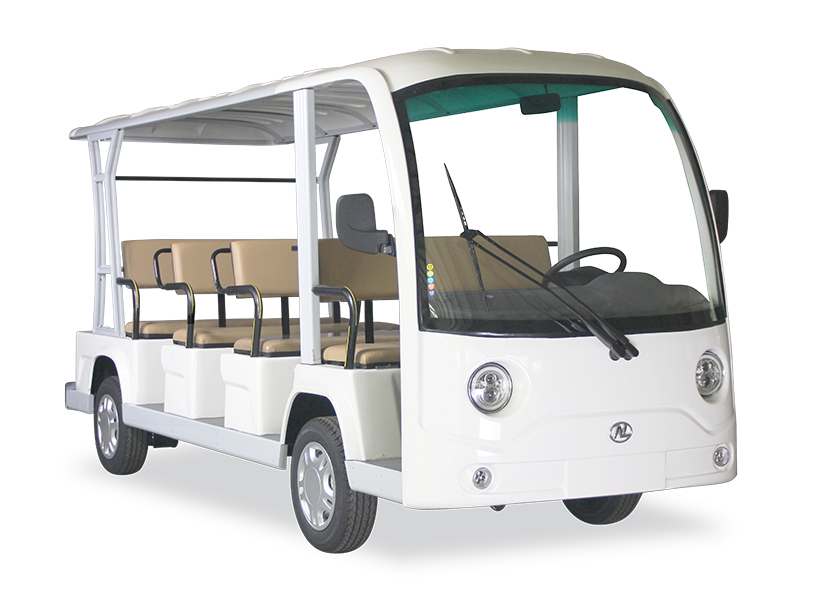
 Custom Utility
Custom Utility
 UTV
UTV

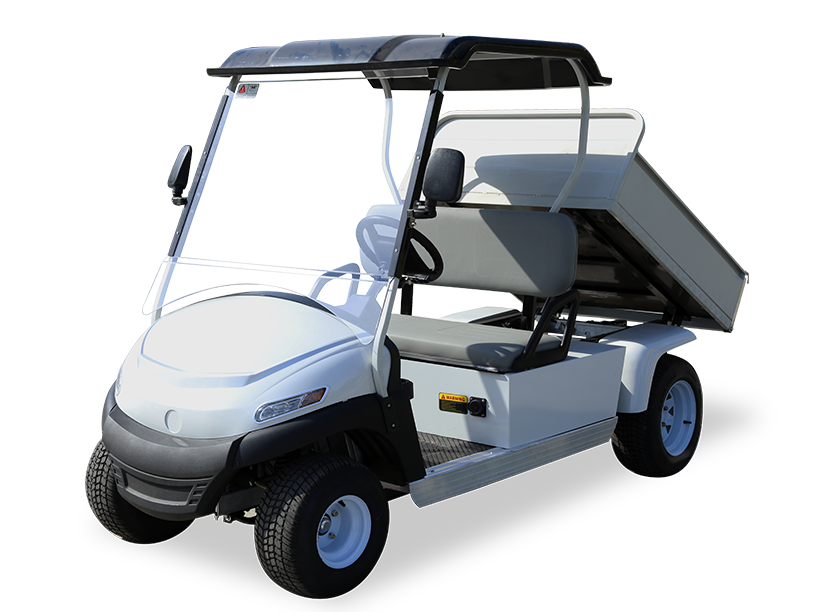
 Golf
Golf